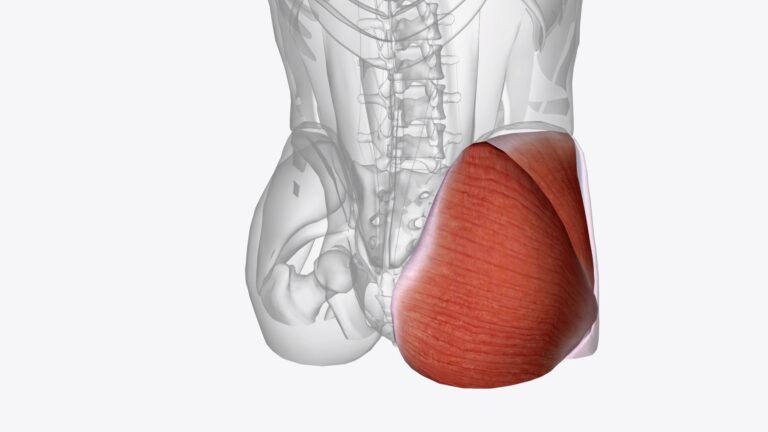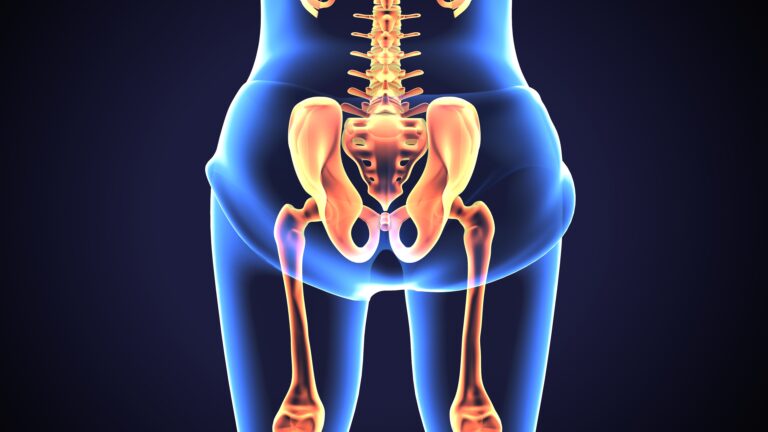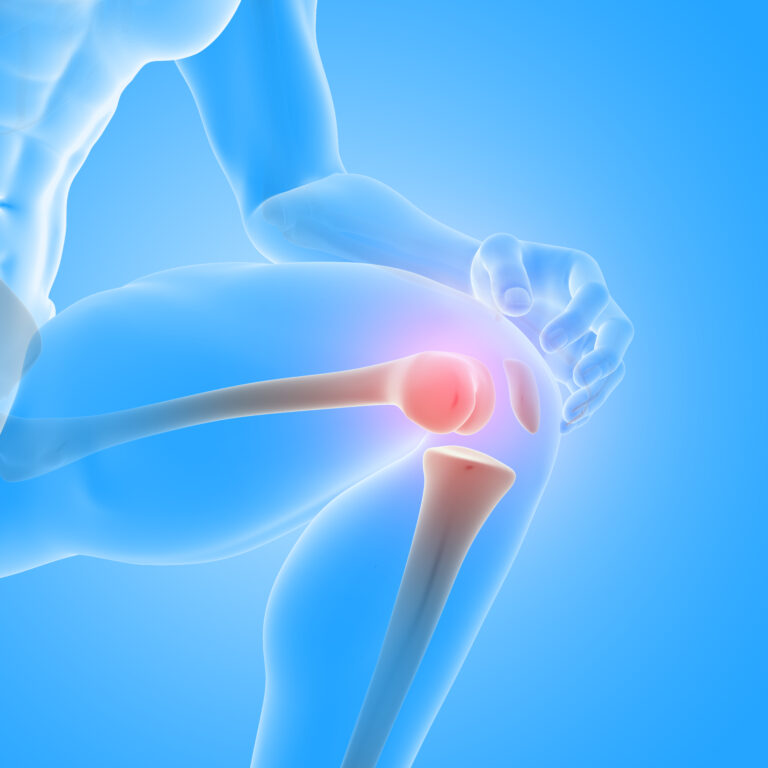Living with chronic joint pain can severely impact one’s quality of life, limiting mobility, and hindering everyday activities. For many individuals suffering from conditions like osteoarthritis or rheumatoid arthritis, joint replacement surgery offers a transformative solution, providing relief from pain and restoring function. Let’s explore how joint replacement surgery can help individuals regain a sense of normalcy and reclaim their lives.
Relief from Pain: Chronic joint pain can be debilitating, making simple tasks like walking, climbing stairs, or even standing unbearable. Joint replacement surgery, whether it’s for the hip, knee, or shoulder, aims to alleviate pain by replacing damaged or deteriorated joint surfaces with artificial implants. By eliminating the source of pain and restoring smooth joint movement, surgery offers immediate relief and improves overall comfort and quality of life.
Long-Term Durability: While joint replacement surgery may seem daunting, advancements in surgical techniques and implant technology have led to improved outcomes and long-term durability of prosthetic joints. Modern implants are designed to withstand the demands of daily activities and offer greater longevity, providing years of pain-free movement and function
- Enhanced Quality of Life: Chronic joint pain can take a toll on mental and emotional well-being, leading to frustration, depression, and decreased overall satisfaction with life. Joint replacement surgery not only addresses physical limitations but also improves psychological and emotional health by restoring confidence, self-esteem, and a sense of control over one’s body. With reduced pain and increased mobility, individuals can engage more fully in social, recreational, and professional pursuits, enhancing their overall quality of life.
- Improved Mobility and Function: Joint deterioration not only causes pain but also impairs mobility and function, limiting range of motion and flexibility. Joint replacement surgery restores mobility by replacing damaged joint structures with prosthetic components designed to replicate natural movement. Whether it’s bending the knee, lifting the arm, or walking without discomfort, surgery enables individuals to regain functional independence and participate in activities they once enjoyed.
Disclaimer: The information provided in this blog post is for general informational purposes only and should not be considered professional advice. Before making any health-related decisions, consult with a qualified healthcare professional. The content is not a substitute for medical advice, and individual results may vary. The author and website are not responsible for any consequences arising from the use of the information provided. Use your best judgment and seek professional advice when needed.




